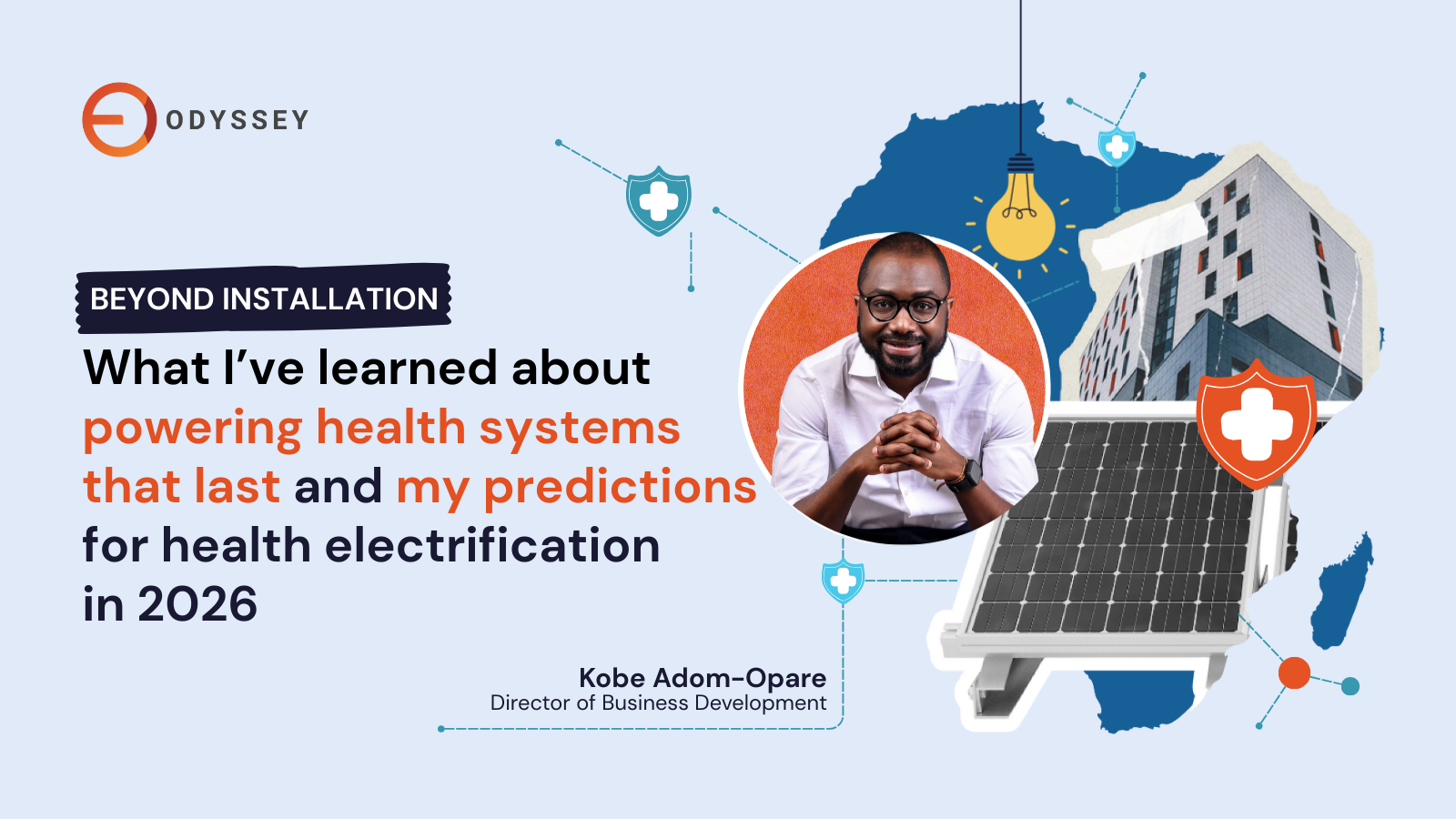Our biggest challenge is being able to see data across different technologies, apps and systems. It’s hard to see what's going on when there are so many technologies working together but not talking to each other. FernTech has empowered us to see all the inputs and system performance in one place.
- Ryan Burton, Technical Director, Zhyphen
Zhyphen, a UK and Ireland-based energy storage systems (ESS) manufacturer, builds custom solutions for businesses, homes and communities to reduce their reliance on fossil fuels and help them achieve net zero emissions.
In this case study, we take a closer look at Zyphen’s work on Barra Island in the Hebrides in Scotland. Barra is very remote, making energy delivery particularly challenging. Homes and businesses have traditionally been heated with kerosene, and diesel has been the staple for vehicles. Due to its remote location, when the weather is bad, Barra can be completely unreachable for weeks at a time, bringing the island to a standstill from an energy perspective. With climate change, the energy crisis and new technologies available, the citizens of Barra decided to become net-zero, completely ending their reliance on fossil fuels. They’ve hired Zhyphen to help them get the job done.
The challenge:
When Zhyphen began their work with Barra, the island had already begun its net zero journey, having installed a community wind turbine, a number of solar installations, and EV charging. Zhyphen’s first project was to get a deep understanding of how much energy is being generated by each system and how much energy is being used to power the island. However, this is a challenge when there are many different sources of power generation and power use - different systems, different apps and different types of energy. Zhyphen needed a solution that could monitor all of it and deliver the data in a single, connected dashboard.
The solution:
Zhyphen installed Odyssey Fern hardware on systems across the island - the community wind-turbine, the solar assets, and the EV charging stations. They also used Fern to understand how much heat is being used and at what times of day. The goal was to get a comprehensive view into all energy storage and use so that Zyphen can build a fully optimized system that meets Barra’s net zero goal.
The results:
Zhyphen is still in the building phase of this project but already the Fern hardware and software is giving them the insights they need to continue. For example, they learned that the heating and cooling always goes on at the same time of day and night. They also learned that there is often excessive wind energy generation at night – too much for the grid to intake – so they are working on a system that will allow for that extra energy to be stored as geothermal power that can then heat the community buildings when certain temperature thresholds are met.
In remote islands like Barra, excess energy production can lead to curtailment in cases where the grid cannot accept any additional energy. Using FernTech for insights, Zhyphen was able to determine that in situations where excess energy was being produced by wind turbines, in addition to geothermal storage, some could go toward electric vehicle charging.
Next steps
Many people think of monitoring solutions as something that you use after a project is installed and, in many cases, that is true. Interestingly, Zhyhen is using Odyssey’s monitoring solution as a diagnostic tool, at the very beginning of their project, to deliver insights on how to build an optimized system that uses every KWH produced in the most efficient way possible.
Once the full system is up and running, Zhyphen and the people of Barra will continue to rely on Odyssey FernTech to deliver insights about system performance and use custom logic loops to control system functionality - for example, turning on geothermal heating power in the community center when the temperature falls below a certain threshold or moving KWHs generated from the wind turbine to the EV charging stations instead of the grid when the grid is at capacity.




.png)